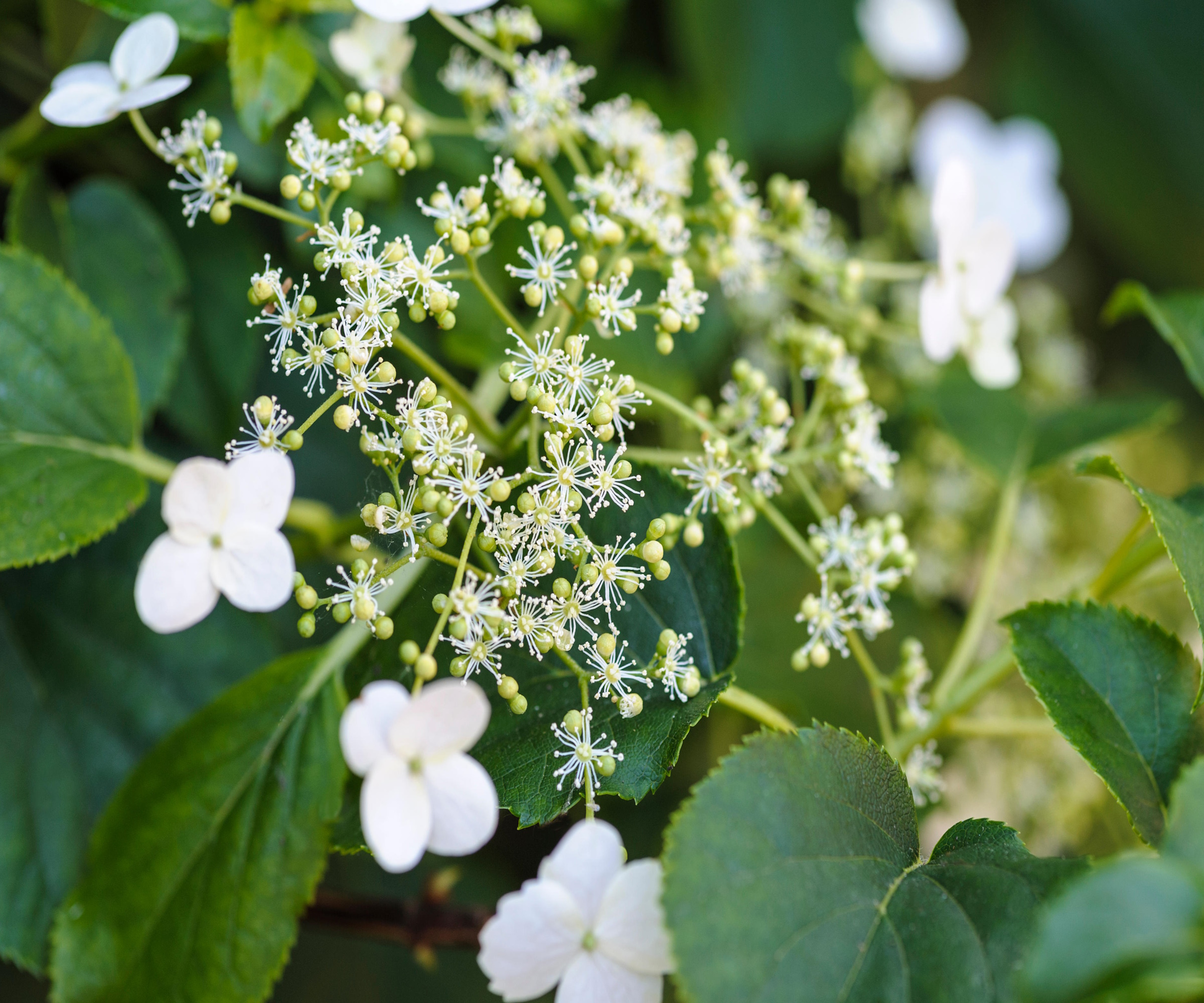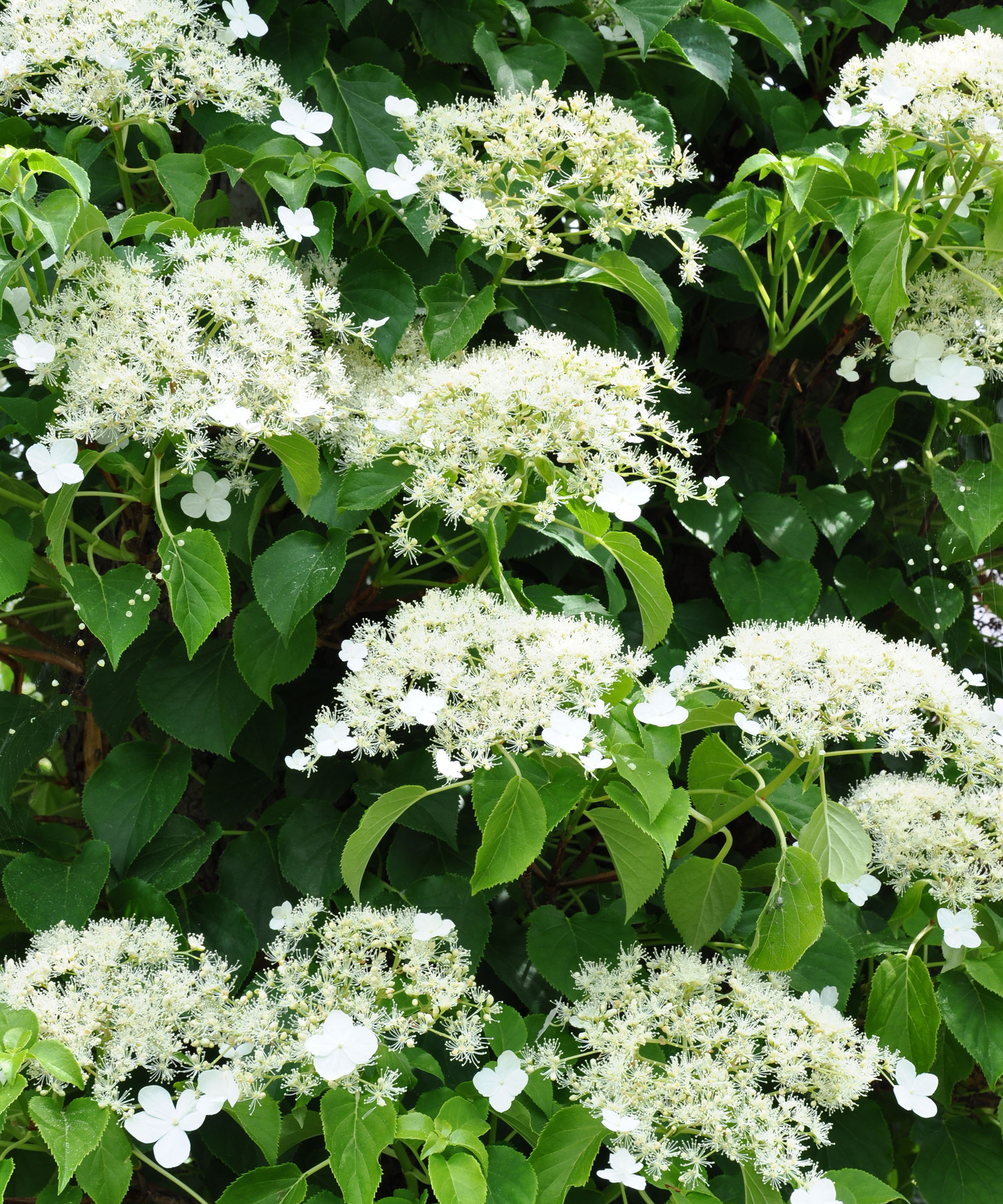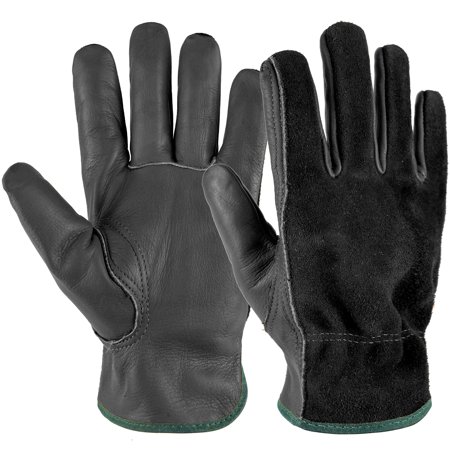How and when to prune climbing hydrangeas – for healthy flowering vines that will bloom better than ever next year
Knowing the right time to prune climbing hydrangeas will keep your plants looking their best


Pruning your climbing hydrangeas at the right time and in the right way is crucial. By sticking to the right timeline, you will enjoy a profusion of flowers every year.
There are two well-known climbing hydrangeas, namely Japanese climbing hydrangeas, Hydrangea anomala, and standard climbing hydrangeas, Hydrangea petiolaris. Both can fill garden walls and fences with lush green foliage and white flowers and fortunately for us, the pruning approach is the same.
So, while you might know how to grow climbing hydrangeas, getting your approach to pruning is vitally important for healthy and floriferous vines. Here, we share all the information you need to keep these climbing plants under control and looking their best.

Learn the best approach to prune climbing hydrangeas
While not as well known as standard shrub hydrangeas or panicle hydrangeas, climbing varieties are just as spectacular. If you are considering landscaping with hydrangeas this year, growing vertically and filling walls, fences and pergolas with these unique climbing plants is a good idea. However, pruning them at the wrong time can reduce flowering and damage your plant. Here, we share the best way to prune climbing hydrangeas.
When to prune climbing hydrangeas

Learning how to create a vertical garden is a good idea for any sized plot. However, large and unruly vining plants can look messy and over time can become a hazard, particularly during the winter months when storms and high winds are common and can cause top-heavy climbers to collapse.
'Climbing hydrangeas are always a crowd favorite,' says Whitney Laritson, Merchandising & Content Manager at Nature Hills. 'They're slow to establish so if you plant one, make sure to give it a few years to really get growing. Pruning won't be necessary until years three or four, but after this annual trimming is key.'
So, learning the right way to prune hydrangeas is the best way to keep them in check. The ideal time to do this is in late summer or early fall once the white flowers have finished blooming and turned brown.
Design expertise in your inbox – from inspiring decorating ideas and beautiful celebrity homes to practical gardening advice and shopping round-ups.
If you miss this window, do not worry. I would suggest simply deadheading your climbing hydrangeas and waiting until next year to prune. Buds may have already started forming in the fall and winter, so trimming at this time is not advisable unless you are prepared to have a year without many blooms.

Whitney Laritson is a garden expert and the Merchandising & Content Manager at Nature Hills. For the last 20 years, Nature Hills has been passionate about providing high-quality plants you can count on.
How to prune climbing hydrangeas

It goes without saying, but when pruning, use clean, sharp tools, such as these Felco snips from Walmart, to easily remove unruly, dead and damaged stems. Whatever pruners you use, it is always a good idea to learn how to clean pruning shears to keep them in good condition and make your life that much easier when slicing through thick stems.
During late summer and fall, prune any long shoots immediately after flowering. You do not need to be too careful, simply cut back heavy or dense growth to keep the plant tight to the vertical surface, removing any spent blooms and straggly stems as you do so. If you spot any dead or broken stems when pruning, be sure to remove these too.
Most flowers will be produced towards the top of the plant, however, so you want to leave a fair amount of growth in the upper sections, but do not be afraid to cut back longer whip-like stems. Come spring, your climbing hydrangea will produce lots of lush new growth.
If you want to do some restorative or hard pruning, this is best done in the springtime. However, it is best to do this in stages, pruning by a third one year, a third the next year, and so on. This is a good idea if you want to encourage your climbing hydrangea to bloom lower down, but while you are pruning, the amount of flowers might reduce for one or two years. Once complete, you can then stay on top of your pruning tasks and enjoy a well-maintained and compact climbing hydrangea.
FAQs
Do I need to tie in or support climbing hydrangeas after pruning?
Climbing hydrangeas are self-clinging, using aerial roots to attach to walls and fences. For this reason, it is always best to think carefully about where you allow a climbing hydrangea to grow, as they can damage plaster and stonework. While they are self-clinging, I would suggest using wires to provide some support during winds and rain in the fall and winter, which will be easier to do after pruning when the foliage and flowers drop.
During fall and winter, it is a good idea to complete some mulching at the base of your hydrangea plant, which will help to protect it and feed the soil. In addition, fertilize climbing hydrangeas with a slow-release fertilizer during spring, which will help them to produce plenty of fresh new growth during the growing season ahead. I would suggest feeding only once or twice at this time, as generally, these plants are self-sufficient.

Thomas is a Content Editor within the Gardens Team at Homes and Gardens. He has worked as a professional gardener for both public spaces and private estates, specializing in productive gardening, growing food and flowers. Trained in Horticulture at the Garden Museum, he has written on gardening and garden history for various publications, including The English Garden, Gardens Illustrated, Hortus, The London Gardener and Bloom. He has co-authored a Lonely Planet travel book, The Tree Atlas, due out in 2024.

